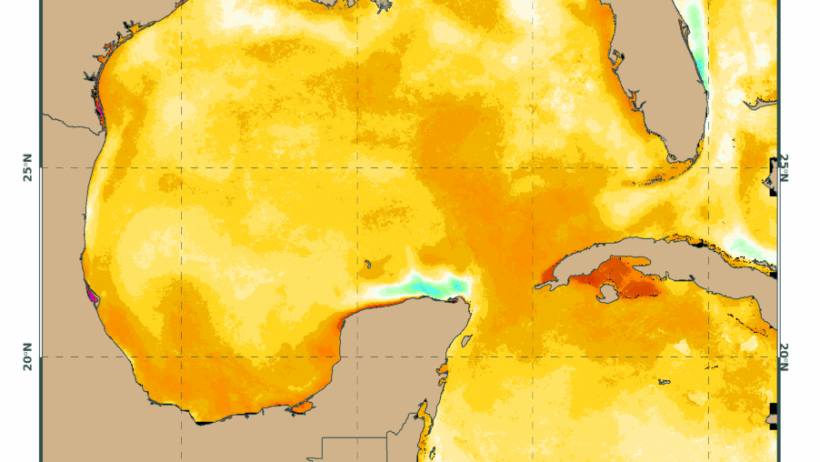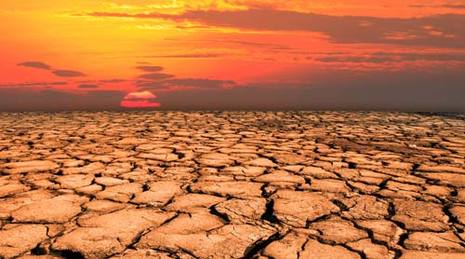Miami, a city renowned for its vibrant nightlife, cultural diversity, and picturesque beaches, is also grappling with the stark realities of its tropical climate. The perpetual warmth and humidity create a unique environment that significantly influences the lifestyle, ecology, and urban infrastructure of the region. This article delves into the complexities of Miami’s climate, examining how the tropics meet the vivacious heartbeat of nightlife while highlighting the underlying factors contributing to both fascination and concern.
Miami’s climate can be characterized as a tropical monsoon climate, with distinct wet and dry seasons. The wet season spans from May to October, coinciding with the Atlantic hurricane season. During this time, the city experiences high humidity levels, torrential downpours, and frequent thunderstorms. This precipitation is critical for sustaining the lush greenery that characterizes the city, including the iconic palm trees and diverse plant species that flourish in the warmth. The dry season, occurring from November to April, offers cooler, more temperate conditions, serving as a magnet for tourists seeking refuge from frigid climates elsewhere.
As one traverses Miami’s urban landscape, it becomes evident how the climate intertwines with the city’s cultural fabric. The sultry heat beckons locals and tourists alike to enjoy the outdoors, whether it be at the beach, exploring art deco architecture, or savoring al fresco dining at bustling cafes. The combination of warmth and vibrant social life gives Miami its unique charm, attracting millions of visitors each year who are eager to experience both the natural beauty and the electric energy of the city.
However, this fascination with Miami’s climate is not without its challenges. The rising temperatures and increasing frequency of extreme weather events stem from broader issues associated with climate change. Miami faces significant risks related to sea-level rise, which threatens its extensive coastlines and low-lying areas. The city is part of a delicate coastal ecosystem where saltwater intrusion poses grave challenges to the freshwater supply, threatening both agriculture and drinking water accessibility. This interaction between natural forces and urban development creates a precarious balance, prompting serious considerations for future planning and sustainability.
The duality of the tropical climate is also evident in how it shapes the local flora and fauna. Miami is home to an astonishing array of wildlife, from manatees and dolphins that inhabit its coastal waters to the unique Everglades ecosystems that lie just beyond the metropolitan area. The subtropical environment fosters biodiversity, making the region a crucial habitat for numerous species, some of which are endemic and face existential threats due to urban development and climate fluctuations. The convergence of natural beauty and urbanization thus raises questions about conservation efforts and the moral imperative to protect these vital ecosystems.
Additionally, the climate directly influences Miami’s popular culture, particularly in music, art, and gastronomy. The rhythmic beats of salsa, reggaeton, and hip-hop resonate as locals and visitors come together in vibrant festivities. Outdoor events thrive during the dry season, encouraging community engagement while simultaneously fostering economic growth through tourism. This fusion of climate and culture creates a palpable energy, as streets buzz with activity late into the night, driven by the desire to enjoy every facet of what Miami offers.
Furthermore, the architectural landscape of Miami has been significantly shaped by its climatic conditions. Buildings are often designed with features that address heat and humidity, such as wide awnings, ventilation systems, and materials that reflect rather than absorb heat. Sustainable design has become a priority as climate-related challenges become more pronounced. Innovations in construction—like integrating green roofs and solar energy—demonstrate a growing recognition of the necessity to adapt to, rather than combat, the forces of nature. The evolution of architecture in Miami reflects a broader commitment to ecological preservation, sustainability, and resilience.
In conclusion, the climate of Miami is a multifaceted phenomenon, blending tropical warmth with the hustle and bustle of an urban environment. It encompasses an intriguing interplay between natural elements and cultural dynamism, while also serving as a reminder of the underlying issues posed by climate change. As the city continues to evolve, the pursuit of sustainability must maintain utmost priority, ensuring that the enchantment of Miami endures for generations to come. By addressing the impacts of climate change and fostering awareness about environmental challenges, Miami can secure its identity as both a tropical paradise and a resilient city poised for the future.







